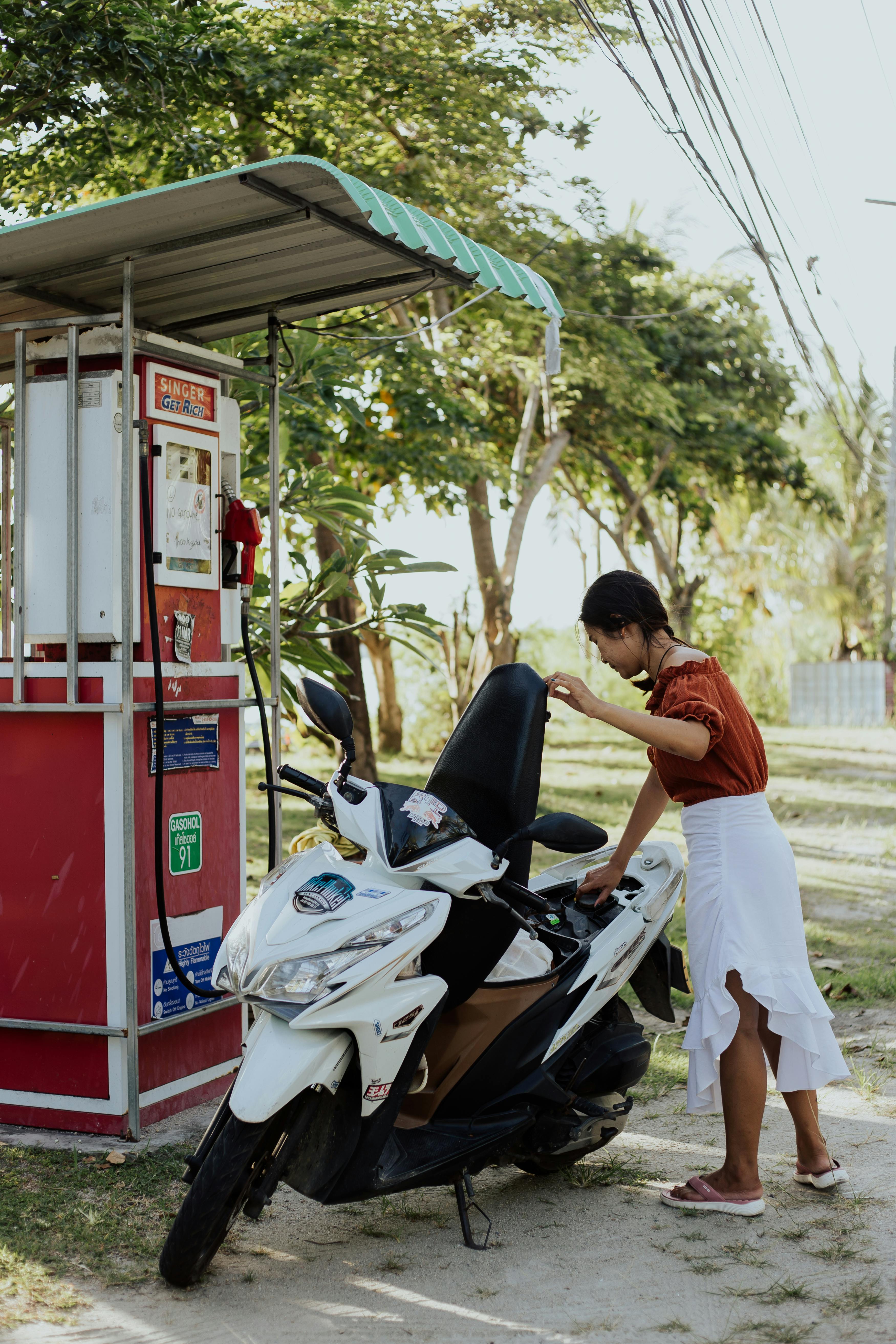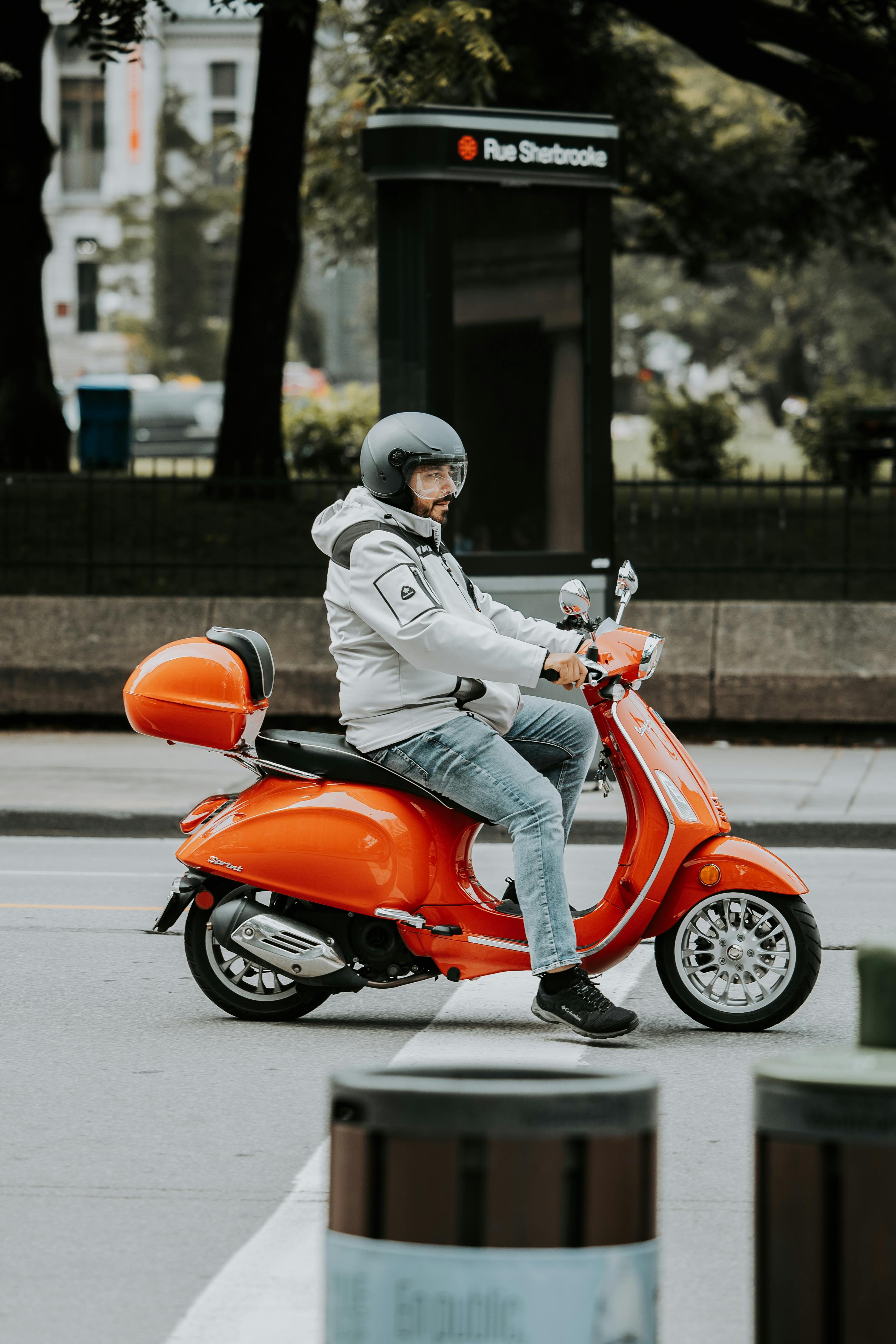
The road to freedom starts with a safety mindset
That moment you take your first ride on a new mobility scooter is exhilarating. It’s the feeling of freedom, of reclaiming your neighborhood, and the promise of new adventures. But for many, that excitement is mixed with a touch of anxiety. Navigating busy sidewalks, crossing streets, and handling uneven paths can feel daunting. You might wonder, “Am I doing this right? What are the rules?” This isn’t just about avoiding bumps; it’s about gaining the confidence to go anywhere. Forget thinking of safety as a list of restrictions. Instead, see it as the key that unlocks true, worry-free independence. This guide will move you beyond the basics, transforming you from a cautious new user into a confident, skilled rider who is ready for anything the path throws your way.
Mastering your machine before you hit the pavement
Your relationship with your scooter begins before the wheels even start turning. True confidence comes from knowing your machine inside and out, understanding its unique personality and capabilities. Simply turning it on and going is a recipe for surprise, but spending a little time getting acquainted builds a foundation of predictability and control. When finding the right fit for your scooter, you’ve already made the first step. The next step is mastery.
The daily 30-second pre-ride inspection
Just like a pilot performs a pre-flight check, you should perform a quick pre-ride inspection. This simple habit takes less than a minute and can prevent the vast majority of equipment-related issues. Before every trip, check these three things:
- Tires: Are they properly inflated? Look for any visible signs of damage or excessive wear. Solid tires just need a quick visual check for damage.
- Battery: Is your battery fully charged? Ensure it’s seated correctly and the indicator shows enough power for your planned journey.
- Brakes and Tiller: Squeeze the brake levers to ensure they engage smoothly. Check that the tiller (the steering column) is securely locked in your preferred position.
Know your scooter’s turning radius and stopping distance
Every scooter model handles differently. Before navigating a crowded grocery store aisle, find an empty, safe area like a driveway or quiet parking lot to practice. Learn how sharp your scooter can turn without feeling unstable. Test your brakes at different speeds to get a feel for how long it takes to come to a complete stop. Understanding these dynamics is crucial for avoiding collisions and navigating tight spaces with ease. For a detailed look at different models, see this comparison of the best motorized scooters for adults.

This Photo was taken by cottonbro studio.
The rules of the road (and the sidewalk)
One of the biggest sources of confusion for new riders is figuring out where you are supposed to be. Are you a vehicle or a pedestrian? The answer is often both, depending on the situation and local laws. While regulations can vary by state, province, and even city, some general principles apply across the USA and Canada.
Sidewalks, bike lanes, and roads: where do you belong?
In most areas, mobility scooters are considered “power-driven mobility devices” and are legally treated like pedestrians. This means your primary place is on the sidewalk. Always ride at a safe speed, typically no faster than a walking pace when in a crowd. If a sidewalk is unavailable or obstructed, you may need to use the shoulder of the road or a bike lane. When you must use the road, ride as far to the right as possible and travel in the same direction as traffic. According to the U.S. Access Board, public rights-of-way must be accessible, but it’s always wisest to plan your route ahead of time.

A glance at North American regulations
While specific laws are local, this table provides a general overview based on common regulations and federal guidelines from sources like Transport Canada.
| Feature / Regulation | USA (General Guidelines) | Canada (Common Provincial Rules) |
|---|---|---|
| Primary Travel Area | Sidewalks, crosswalks | Sidewalks, crosswalks |
| Typical Sidewalk Speed | Walking pace (3-4 mph / 5-6 km/h) | Generally 6-8 km/h (approx. 4-5 mph) |
| Required Equipment | Reflectors often required; lights and flag recommended for visibility. | Reflectors are standard; some provinces mandate a bell or horn. |
| Road/Bike Lane Use | Permitted if sidewalk is unusable; ride with traffic flow. | Similar to USA; check provincial and municipal bylaws. |
Disclaimer: Always check with your local Department of Motor Vehicles (DMV) or municipal office for specific rules in your area.

This Photo was taken by Deva Darshan.
Situational awareness: your most important accessory
The best safety feature you have isn’t on your scooter; it’s your own attentiveness. Being aware of your surroundings and anticipating potential hazards is the mark of a truly skilled rider. This proactive mindset keeps you safe and makes every journey smoother and more enjoyable.
Conquering curbs, ramps, and uneven terrain
Navigating changes in elevation requires technique. When approaching a curb or ramp, always do so head-on, never at an angle, to prevent tipping. Maintain a steady, slow speed as you go up or down. If you live in an area with rough paths or plan to go off the beaten track, you may want to investigate the best all-terrain mobility scooters, which are specifically designed for greater stability on challenging surfaces. This is especially true for ambitious trips, like exploring the Canadian Rockies with a mobility scooter.

Visibility is a two-way street
You need to see, and you absolutely need to be seen. Your scooter’s low profile can make it difficult for drivers and even other pedestrians to notice you. Use your headlights in dim conditions, not just at night. A bright safety flag is one of the best, most affordable safety investments you can make. The National Safety Council emphasizes visibility as a key factor in preventing pedestrian-related accidents. You can find flags, enhanced lighting, and reflective tape in any good guide to mobility scooter accessories and parts. When crossing driveways or intersections, try to make eye contact with drivers to ensure they have seen you before you proceed.

This Photo was taken by RWEMA Fatjoe.
Planning your journey for a stress-free ride
A little forethought goes a long way. Spontaneity is wonderful, but for longer or unfamiliar journeys, a quick plan can be the difference between a delightful outing and a frustrating ordeal.
Weather-proofing your plans
Check the forecast before you leave. Rain can make surfaces slippery and dramatically reduce visibility for both you and drivers. Extreme cold can affect your battery’s performance, reducing its range. If you get caught in an unexpected downpour, seek shelter and wait for it to pass. Reputable sources like the National Oceanic and Atmospheric Administration (NOAA) in the US and The Weather Network in Canada provide reliable, up-to-the-minute forecasts.

Battery management for longer trips
There’s nothing worse than seeing that battery indicator flash low when you’re far from home. Know your scooter’s maximum range and plan your trips accordingly. For longer excursions, consider a route that has a “pit stop” where you could potentially charge your battery if needed. If you travel frequently, exploring lightweight portable mobility scooters with airline-approved batteries can be a game-changer.

This Photo was taken by Jaykumar Bherwani.
Frequently asked questions about scooter safety
Can I take my mobility scooter on public transit in the US and Canada?
Yes, most public transit systems (buses, trains, subways) in both countries are equipped to accommodate mobility scooters. However, there are often size and weight restrictions. It is essential to check with your local transit authority for their specific guidelines before you plan your trip. They can provide information on which bus routes have lifts and the maximum dimensions they can support.
What are the most important accessories for safety?
A high-visibility safety flag is number one. After that, a good set of front and rear LED lights, a horn or bell, and reflective tape to place on the sides and back of your scooter are all excellent investments. A rearview mirror can also significantly improve your awareness. For ideas, check out this ultimate accessories gift guide.
How often should I have my scooter professionally serviced?
While daily checks are your responsibility, a professional tune-up is recommended at least once a year. A technician can check the brakes, motor, transaxle, and electrical systems to ensure everything is in safe working order. Organizations like RESNA set standards for assistive technology professionals, so look for a certified dealer.
Are there training courses available for new mobility scooter users?
Yes, some durable medical equipment (DME) suppliers, senior centers, and organizations like the AARP occasionally offer driver safety programs that include modules on mobility devices. Contact your local Area Agency on Aging or the dealer where you purchased your scooter to ask about available resources in your community.
Your independence, redefined and secured
A mobility scooter is more than a machine; it’s a vehicle for life, a tool that opens doors to experiences and places you love. But the true power of that tool is only unleashed when you operate it with skill and confidence. By mastering your scooter, understanding the rules of the road, and practicing constant situational awareness, you are not limiting yourself. You are empowering yourself. You are taking control and ensuring that every journey is not only possible but also safe and enjoyable. This commitment to safety is the ultimate expression of freedom. It’s the foundation for enhancing your independence and quality of life, allowing you to focus on the destination and the joy of the ride. Now, go explore your world with the confidence of a pro.






